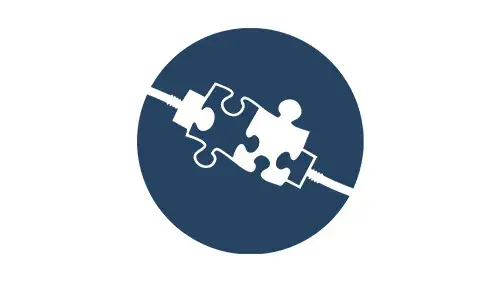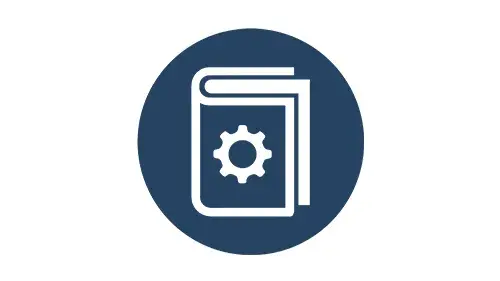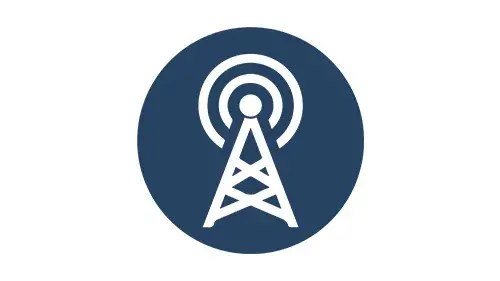The Next Generation First Responder (NGFR) Apex Program works with first responders across the country to ensure the technology they use while responding to an emergency keeps them better protected, connected and fully aware.
Watch the Next Generation First Responder II Video
Participate in Our Current Projects
Integration Demonstrations
Through Integration Demonstrations, we have integrated DHS-developed technology with technologies that are commercially available for first responders, creating a standards-based “plug‑and‑play” environment.
Next Generation First Responder Integration Handbook
We have collaborated with first responders, public safety agencies and industry to provide recommendations on the design and development of interoperable first responder technologies.
Contact us at NGFR@hq.dhs.gov.
The Next Generation First Responder (NGFR) Apex Program is a five-year program that began in January 2015 but is part of a longer-term Department of Homeland Security (DHS) Science and Technology Directorate (S&T) commitment to envision and assist the responder of the future. NGFR continually collaborates with first responders across the nation on various projects -- from developing program requirements to testing prototypes of technology. These cutting-edge technologies will improve emergency response time and accelerate decision-making to save more lives.
NGFR is comprised of more than 40 research and development projects geared towards making responders better protected, connected and fully aware. NGFR will incrementally deliver these capabilities over the program cycle and will continue to partner with first responders to test and evaluate technologies before they are available on the market.
Snapshot: Putting Next Generation Technology in the Hands of Birmingham First Responders
News Release DHS S&T Holds Operational Experiment in Houston
Snapshot: VitalTag Delivers Faster Response Time for Paramedics
Snapshot: Public Safety Agencies Pilot Artificial Intelligence to Aid in First Response
S&T Helps First Responders Mitigate Potential Jamming
DHS S&T Awards Metronome Software $750K to Strengthen Security of First Responder Sensor Systems
2016 First Responder Electronic Jamming Exercise Fact Sheet
2016 First Responder Electronic Jamming Exercise Video
2017 First Responder Electronic Jamming Exercise Fact Sheet and Video
2018 NGFR – Harris County Operational Experimentation Fact Sheet
Future of First Response: System Summary Video
Future of First Response: Vision for Emergency Medical Services Video
Future of First Response: Vision for Firefighting Video
Future of First Response: Vision for Police Video
Mobile Ad-hoc Networking (MANET) to Improve Public Safety Situational Awareness Fact Sheet
Next Generation First Responder Communication Hub Fact Sheet
Next Generation First Responder Fact Sheet and Video
Next Generation First Responder Integration Demo Fact Sheet
Next Generation First Responder Internet of Things (IoT) Pilot Phase 1 Fact Sheet
Next Generation First Responder Technology Integration Handbook Fact Sheet and Video
Physiological Monitoring Fact Sheet
Wearable Alert and Monitoring System (WAMS) Fact Sheet
Wearable Alert and Monitoring System (WAMS) Video
For other S&T fact sheets and videos, visit the First Responders Fact Sheets and First Responder Videos pages.
For other S&T publications, visit the First Responder/Disaster Resilience page.
For knowledge products developed from specific NGFR Integration Demonstrations, including after action reports, case studies, how-to guides or playbooks, see the NGFR Integration Demonstrations page.
Electronic Jamming Infographic
Grant County – Next Generation First Responder Case Study: Deployable Communications
Grant County – Next Generation First Responder Case Study: Location Services
Grant County – Next Generation First Responder Case Study: Situational Awareness
Grant County – Next Generation First Responder Case Study: Physiological Monitoring
Grant County – Next Generation First Responder Case Study: Video Services
Next Generation First Responder - Making Responders Better Protected, Connected and Fully Aware



